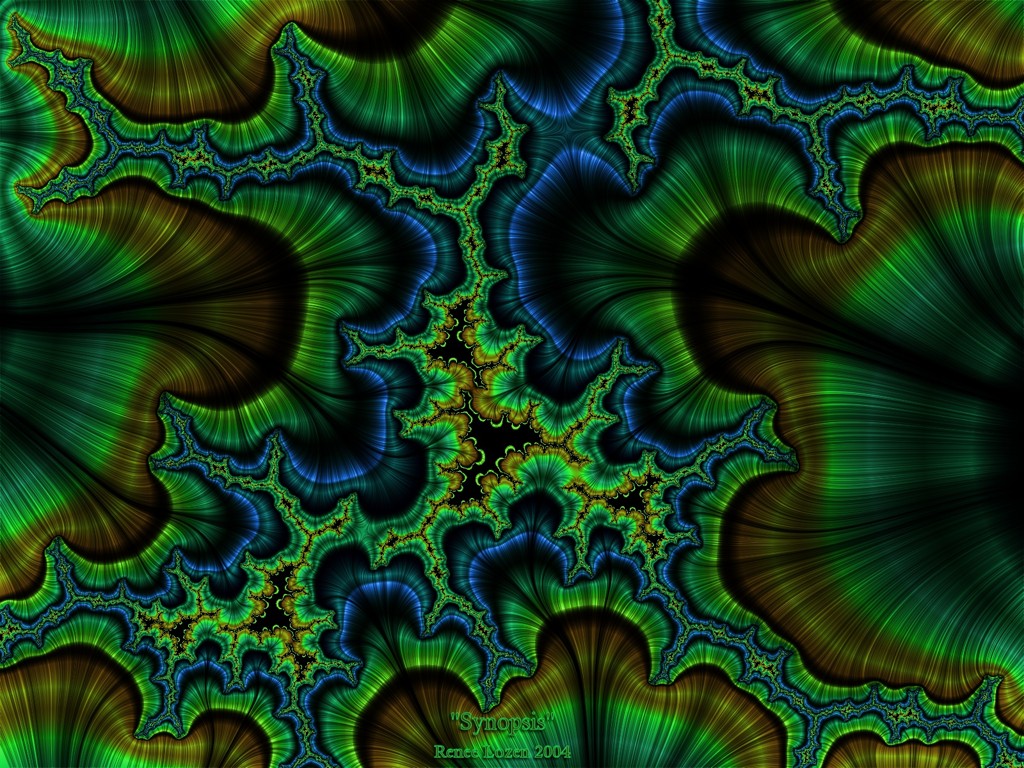n
I. Sauvignon Blanc:
Sancerre/Pouilly-Fumé
Sight: pale to medium straw with green highlights.
Nose: grapefruit-lemon/lime citrus notes with pronounced chalky minerality, herbal-grass (pyrazines), and white flower notes.
Palate: light to medium-bodied and very dry to bone dry. Use of little or no wood typical is typical for Sancerre while use of partial or all new wood can be found in Pouilly-Fumé.
Structure: alcohol: medium to medium-plus; acidity: medium-plus to high.
ID Keys: the combination of tart citrus, pyrazines, and chalky minerality. Look for oak in Pouilly-Fumé but not in Sancerre.
New Zealand
Sight: very pale straw with green and silver highlights.
Nose: grapefruit and lime citrus notes; overt pyrazines dominate; bell pepper, jalapeno, cut grass, and herbs; some wines can be aggressively vegetal while others have a touch of minerality.
Palate: medium-bodied and dry with emphasis on mouthwatering, juicy citrus fruit. Oak is almost never used.
Structure: alcohol: medium to medium-plus; acidity: medium-plus to high.
ID Keys: Pyrazines and lack of minerality.
II. Chardonnay
California/Australia
Sight: pale to medium yellow with green highlights; riper styles tend to be deeper in color.
Nose: cool climate wines tend to display tart green apple/pear, tropical fruit (mango, papaya, pineapple), and tart citrus notes. Warmer climate wines offer ripe (even baked or puréed) apple/pear fruit and other aromas including floral, lemon/lime citrus and butter/cream/buttered popcorn aromas from malolactic fermentation/conversion. Barrel fermentation and lees contact imparts aromas of cream and yeast as
well as lending a richer texture on the palate with aromas of vanilla, baking spices and wood.
Palate: medium to full-bodied depending on the climate and/or appellation and quality of the vintage. Styles range from lean, racy wines from cool climates with tart, malic fruit, to warm climate wines with ultra-ripe fruit and high alcohol. Malolactic fermentation/conversion imparts buttery, butterscotch flavors; oak makes its presence known in the form of vanilla, sweet spices, and wood tannins. Dry to off-dry to slightly sweet in style.
Structure: alcohol: medium-plus to high; acidity: medium to medium-plus.
ID Keys: though there are an increasing number of exceptions, New World Chardonnay tends to be all about winemaking. Look for the combination of ripe fruit with the classic Chardonnay treatment of barrel fermentation, lees contact, malolactic fermentation, and new oak.
Chablis
Sight: pale to medium straw with green highlights.
Nose: tart green apple and lemon-citrus fruit with pronounced chalky sea shell minerality. Some producers use new oak imparting spice and wood aromas. Malolactic fermentation is also sometimes used.
Palate: medium-bodied and boned dry to dry. The intensity of flavor and quality varies with producer and the specific appellation (1er Cru vs. Grand Cru). Theoretically, the better the appellation the more intensity of minerality and overall flavor.
Structure: alcohol: medium to medium-plus; acidity: medium-plus to high.
ID Keys: textbook Chablis can be austere and bone dry with high acidity and pronounced chalky minerality. The fruit is often overshadowed by the minerality in all but the ripest vintages. Traditionally made wines display little, if any, oak although winemakers are increasingly using more wood.
Côtes de Beaune
Sight: light to medium straw with green highlights.
Nose: apple/pear and citrus fruit with mushroom-earth and mineral notes; also butter/cream aromas from malolactic and vanilla, yeast and brioche notes from lees contact, and baking spices, toast, and wood notes from oak aging.
Palate: medium to full-bodied and bone dry to dry. The wines can be quite powerful depending on the pedigree of the vineyard and quality of the vintage.
Structure: alcohol: medium to medium-plus; acidity: medium-plus to high.
ID Keys: the combination of tart apple/pear fruit with bright citrus, hazelnut, earth, and new oak flavors is key to recognition. Generally, the style of Chassagne-Montrachet tends to be richer with Puligny-Montrachet known for elegance and Meursault known for pronounced earthiness. Again, these are very broad generalizations and exceptions often occur.
Germany
German Riesling can be found in a dramatically wide range of styles depending on the specific, style, prädikat or region. Young wines offer bright, pure fruit, minerality, and tart acidity, while wines with bottle age often display a complex, earthy character often referred to as petrol or diesel. The compound responsible for the petrol character is called “TDN.” Here are general descriptions for young wines for all six prädikats:
Kabinett:
Sight: very pale straw green and brilliant in color.
Nose: tart green apple and green pear with white peach, lime citrus, tropical fruits (pineapple, mango and more), and slate/mineral. No wood influence.
Palate: Kabinetts tend to be light-bodied, racy wines with a touch of residual sweetness.
Structure: low alcohol with medium-plus to high acidity.
Spätlese:
Sight: pale straw green and brilliant in color.
Nose: tart apple and pear, white peach, stonefruits (apricot, peach and nectarine), honey (if botrytis is present), tropical fruits, tart citrus, and
slate/mineral.
Palate: light to medium-bodied and off-dry to slightly sweet in style. No wood influence.
Structure: low to medium-minus alcohol with high acidity.
Auslese:
Sight: pale to medium straw with green highlights.
Nose: honey, ripe stone fruits (peach, apricot and nectarine), tropical fruits, sweet and tart citrus, and slate/mineral.
Palate: medium-bodied and medium sweet to very sweet in style depending on the specific wine, producer, and vintage. No wood influence.
Structure: low to medium-minus alcohol with high acidity.
Beerenauslese:
Sight: ranges in color from pale straw to deep yellow with green, gold, and even orange highlights depending on the specific wine and the influence of botrytis.
Nose: botrytis flavors are usually found in the form of honey, ripe stone fruits, orange marmalade, saffron, and preserved citrus; also pear oil, herbs, tropical fruits, and slate/earth and mineral.
Palate: medium-plus to full-bodied and dessert sweet in style.
Structure: rich, unctuous, and intensely flavored with low alcohol, high acidity, and no wood.
Beerenauslesen show great length and persistence with the stamp of the vineyard in the form of pronounced minerality.
Eiswein:
Sight: pale to medium straw green.
Nose: flavors include tart citrus (lemon, lime and grapefruit) with notes of tropical fruits, herb, and mineral. Some wines show slight herbal/vegetal notes such as parsley or celery. It’s important to that there are note no botrytis elements in Eiswein.
Palate: medium to full-bodied and dessert sweet in the style.
Structure: low alcohol and very high acidity. In fact, the acidity can be remarkably high, in some cases over 15 grams per liter. Eiswein is very
intensely flavored and the extreme acidity masks just how sweet the wines are.
Trockenbeerenauslese:
Sight: medium straw to medium yellow to deep red amber depending on region, producer, vintage.
Nose: flavors include honey, citrus marmalade, tropical, pear oil, marzipan, white chocolate, sweet baking spices, red fruits, and much more.
Palate: full-bodied and very sweet, often at over 200 grams per liter residual sugar.
Structure: low alcohol and very high acidity with the mineral stamp of the vineyard.
ID Keys: German Rieslings vary dramatically in style from light, delicate Kabinetts with just a touch of sweetness all the way to the noble sweet wines with amazingly high acidity and a wealth of residual sugar. Increasing residual sugar in each succeeding prädikats gives a richer, more unctuous mouth feel. The high acidity found in most wines also masks some of the residual sugar making the wine seem less sweet. Quality wines show the stamp of the vineyard regardless of the level of residual sugar, all without any trace of wood. Older wines take on fuesel notes (TDN) and other bottle complexities.
Alsace
Sight: straw to medium yellow.
Nose: ripe apple-pear and yellow peach fruit with sweet and tart citrus. Wines with botrytis have honey and stone fruit elements along with floral
and mushroom/earth notes.
Palate: full-bodied and dry to off-dry in style. Some “dry” wines are slightly sweet.
Structure: alcohol: medium to medium-plus; acid: medium-plus to high.
ID Keys: Riesling flavors but with rich, ripe fruit, and higher alcohol; more alcohol and richness than most German Rieslings with a bit less acidity and a weightier and rounder mouth feel.
Australia: Clare and Eden Valleys
Sight: medium straw with green highlights.
Nose: racy green apple, unripe green pear, lime zest, and mineral with a touch of white floral.
Palate: medium-bodied, bone dry to dry; bracingly acidic with an austere character.
Structure: medium alcohol and high acidity.
ID Keys: Clare and Eden Rieslings can be remarkably intense in character with bracing acidity and astonishing minerality not to mention their austerity and potential for long-term aging. Wines with age often show pronounced TDN notes.
IV. Chenin Blanc
Loire Valley
Sight: pale to medium straw green.
Nose: red and golden apple, quince, lemon-lime citrus, peach-apricot, floral, spring greens/herb, green olive, and pronounced chalky minerality. SO2 often detected; used barrels or no wood at all.
Palate: bone dry to sweet depending on the style. Vouvray Sec and Savennières can be austere, bone dry, and intensely flavored wines with intense minerality. Vouvray Demi-Sec and Doux often display honey and botrytis notes with tart citrus and chalky minerality.
Structure: alcohol: medium to medium-plus; acidity: medium-plus to high.
ID Keys: dry wines have a combination of apple-peach fruit, wet wool (SO2), and wet stone-minerality with high acidity and no wood. Sweeter wines have honey, ripe stone fruits, citrus, and minerality. The SO2 qualities often make Old World Chenin easier to identify.
New World: California – Washington State
Sight: pale to medium straw.
Nose: a fruit-bowl of ripe melon, pear, and tropical fruit with sweet and tart citrus notes. Little, if any, minerality and oak infrequently used.
Palate: medium bodied and off-dry to slightly sweet. Quality wines have a good balance of ripe, succulent fruit and crisp acidity.
Structure: alcohol: medium to medium-plus; acidity: medium to medium-plus.
ID Keys: off-dry, pleasantly fruity and quaffable.
nn

